Most people haven’t witnessed a true night sky. They may have seen photos of starry skies full of cosmic light, but in person, they only see sprinklings of stars and the moon on a clear night. However, in certain parts of the world, there’s full darkness when the sun goes down, and it reveals the true wondrousness of the universe.
What makes a good stargazing location?

The reason city folk can’t see a true starry sky is light pollution. Photos of Earth at night from space show entire countries lit with electronic light amalgamated from streetlights, glowing billboards, factories, greenhouses, sports arenas, residential homes, and oil and gas production, according to NASA.
That’s why the International Dark-Sky Association (IDA) finds certified dark sky zones to conserve places where astronomers, researchers, and nature-lovers can view true starry nights. Look for one of these conservations near you since a true night sky is a sight everyone should see at least once in their lifetime.
Mesa Verde National Park, United States

In the state of Colorado, the Mesa Varde National Park was established in 1906 to preserve the history and archeology of the Ancestral Puebloan people. The park protects thousands of archeological sites including reservoirs, farming terraces, villages, towers, pictographs, and petroglyphs. These places are considered sacred and are often visited by affiliated tribes. However, because of the area’s remoteness, high elevation, and dry climate, it also preserves stunning night skies.
Mayo Dark Sky Park, Republic of Ireland
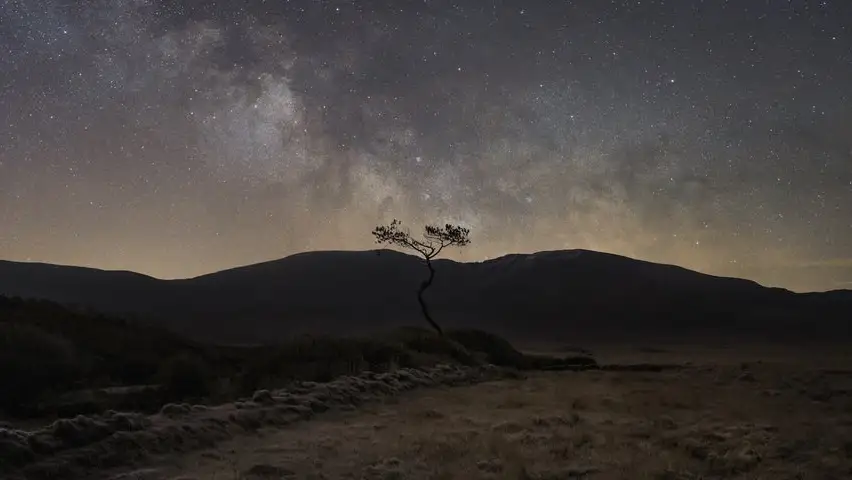
Mayo Dark Sky Park includes 15,000 hectares of land in the Owenduff/Nephin Mountains area in County Mayo, according to International Dark Sky Places. The area not only conserves starry night skies, but one of the largest peatlands in Europe along with a plethora of species such as garden tiger moths and Leisler’s bats. The location enhanced by its close proximity to the Atlantic coast, making it even more awe-inspiring to late-night visitors.
Desengano State Park, Brazil
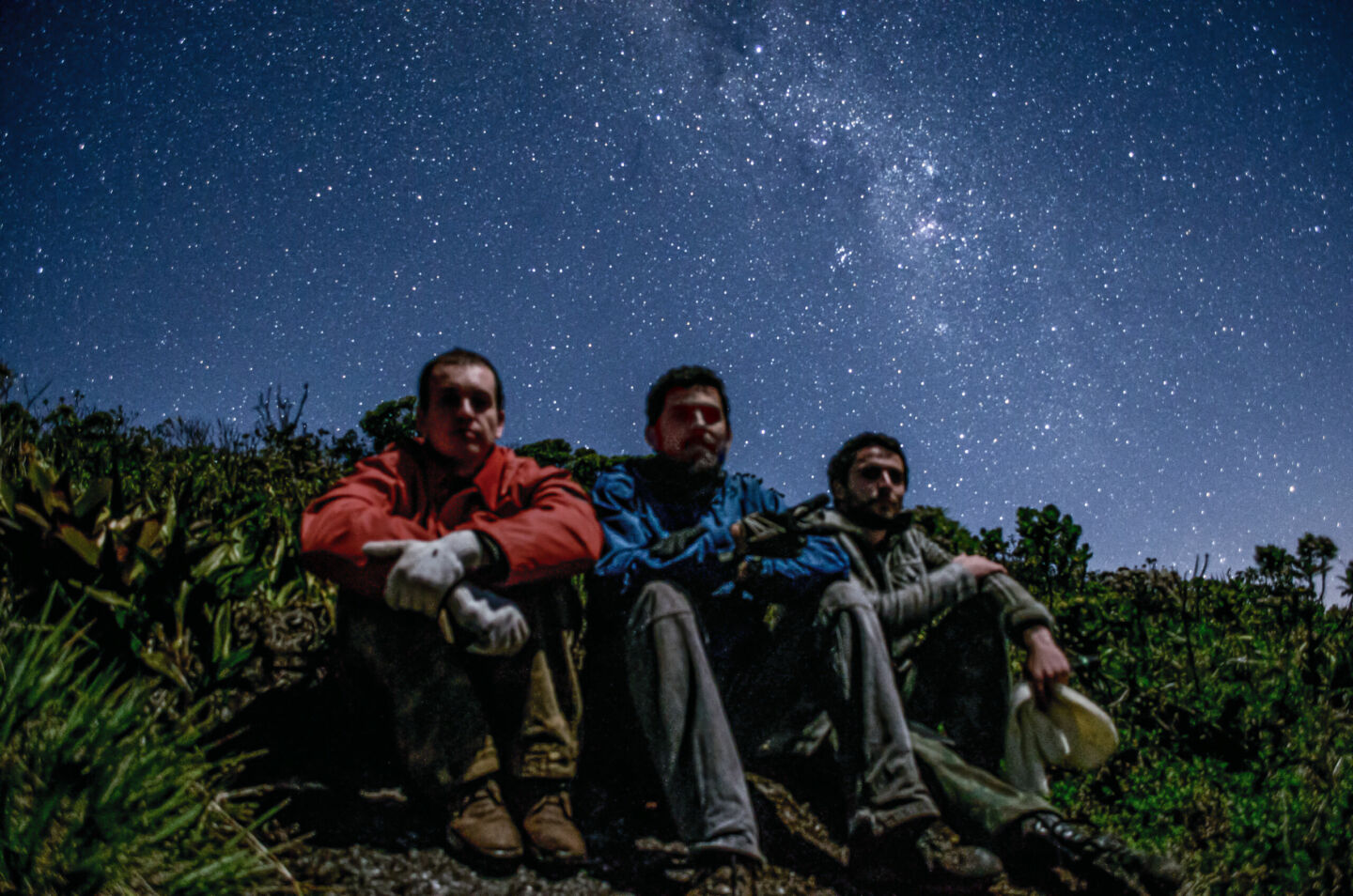
This park is located in the lush nature of the Atlantic Forest. It homes over a thousand species of flora, 58 of which are endangered and 81 of which are found only in the Rio de Janeiro State. The park offers hiking trails, as well as climbing, birdwatching, horseback riding, and of course, stargazing. Between May and August, there are no clouds to interfere with the view.
Quetico Provincial Park, Canada
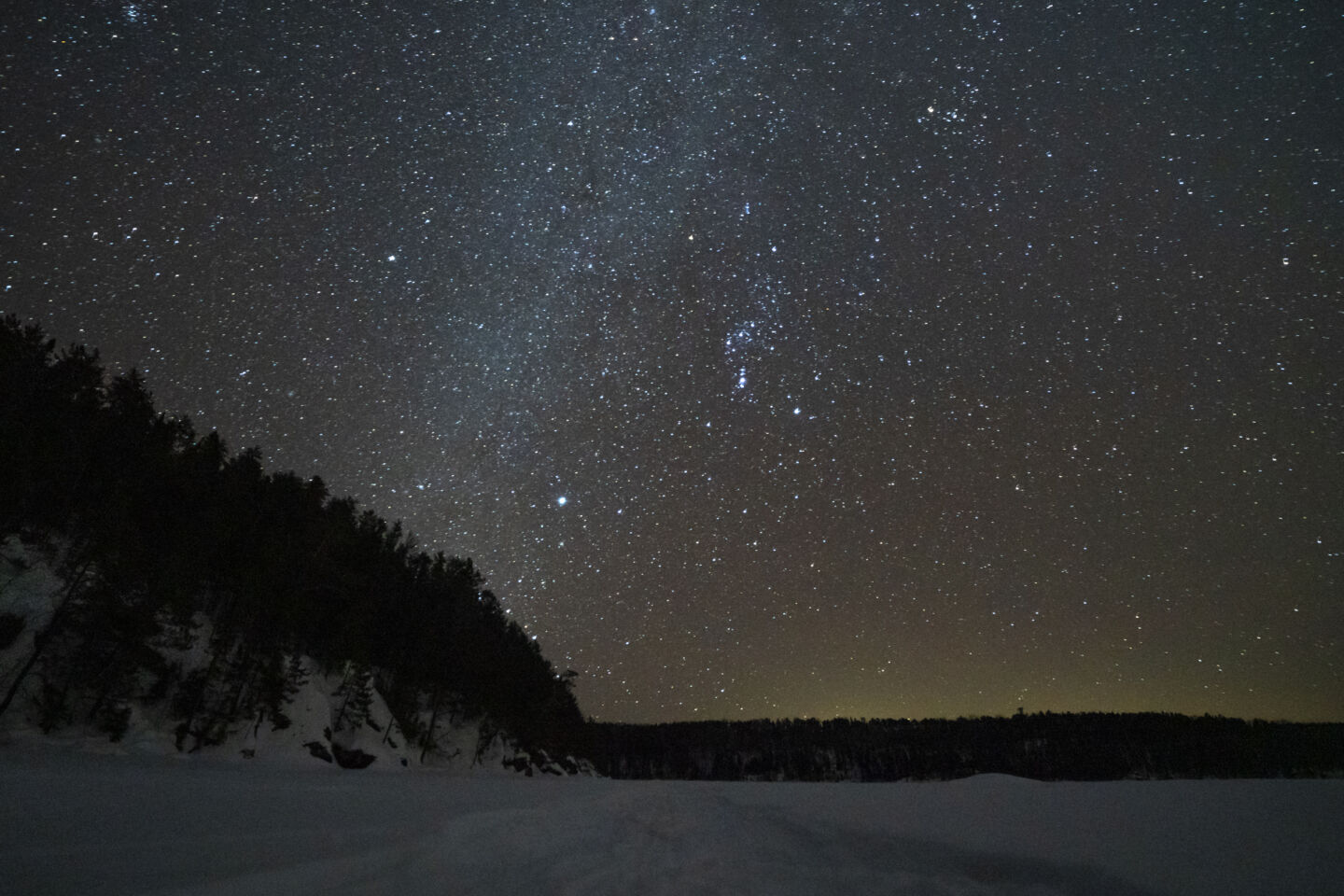
This park falls on the border between Ontario and Minnesota. The landscape includes over 2900 lakes, waterfalls, rock cliffs, forests, and plains. The campgrounds are conducive to many types of camping equipment, and the park also offers camping pods and rustic cabin rentals. So you can enjoy viewing the starry skies all night long.
NamibRand Nature Reserve, Nambia

This is one of the largest private nature reserves in Africa, and it is one of the darkest places on the planet. In addition to safekeeping true nighttime, it protects the wildlife of the Namib Desert such as antelopes and cheetahs. The Namib Desert Environmental Education Trust Centre teaches visitors about the Earth and provides units for overnight guests to view the night sky while lying in bed.
Dark Sky Park Bulbjerg, Denmark
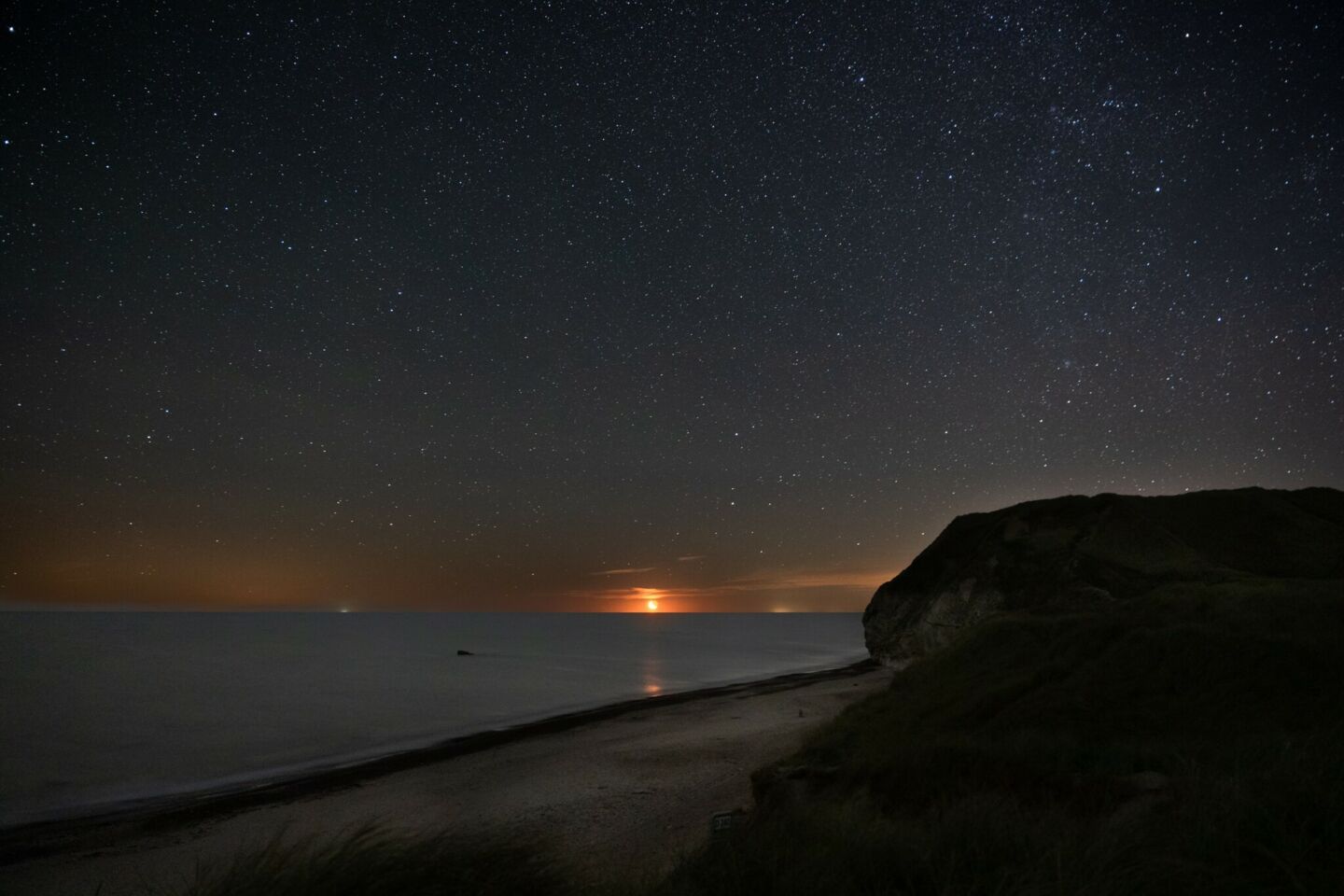
Situated along the shores of the North Sea, the Dark Sky Park Bulbjerg offers a unique nightly display. It can show an assortment of stars, the Milky Way, and even the Northern Lights on occasion. And from April to August, guests can see the Nordic White Nights, when the sun sets but twilight lasts all night long.
Spiekeroog Star Island, Germany

Spiekeroog Star Island is one of the islands in Niedersächsisches Wattenmeer, the German National Park, in the Wadden Sea. In most areas of this sea, the night is so dark that it can only be seen through the moonlight. This region is a perfect example of how reducing light pollution creates harmony between nature and humans living there.
Great Barrier Island, New Zealand
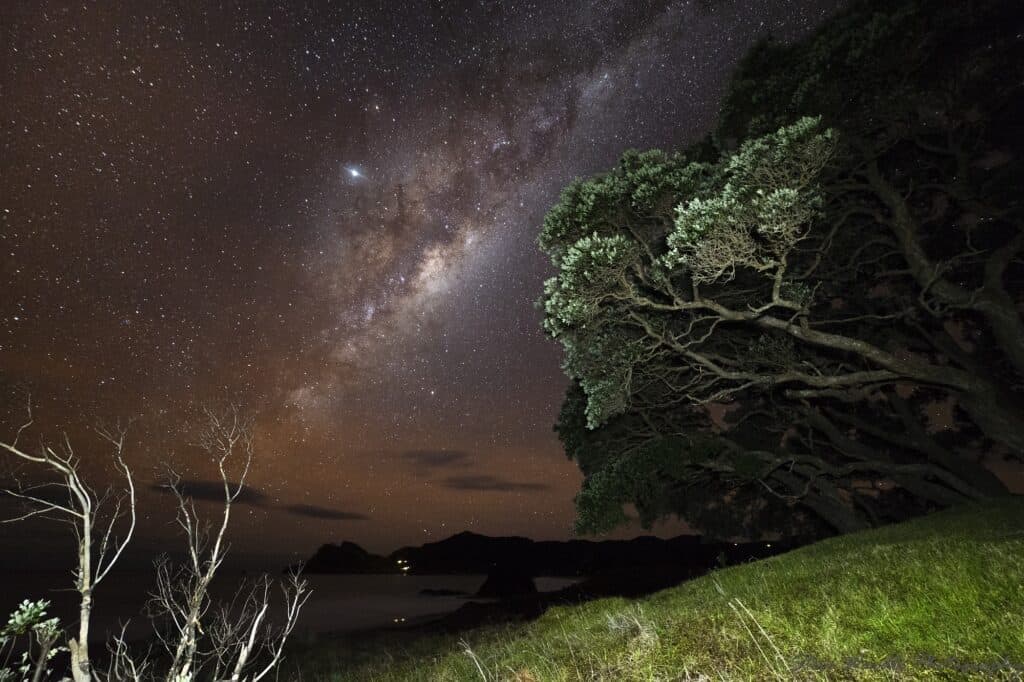
The Great Barrier Island is the sixth-largest in New Zealand, and it’s known as Aotea. Almost 60% of the land is managed as a nature reserve. Therefore, the island retained so much of its natural ecosystem, including its natural nocturnal darkness. The wide beaches are ideal for lying down and taking in the starry night.
How to make the most of a starry night

If you are fortunate enough to visit a dark sky conservation site, prepare beforehand so you can have the best experience.
- Be mindful of upcoming celestial events you may want to plan your trip around.
- Track the weather to ensure you get clear skies. Winters tend to be clearer and nights are longer, but they may be too cold to spend outside.
- Check the moon phase. If you want to see the Milky Way, look for the next dark moon phase so the moonlight won’t obstruct your view. Or you can wait for a full moon then examine its craters through a telescope.
- Join a stargazing tour that can lead you to ideal locations and may provide professional stargazing equipment.
- Dress in warm layers since temperatures drop at night, especially around deserts and mountains.
- Bring binoculars or a telescope if desired.
- Use apps like Stellarium or SkyView to help identify plants, stars, and constellations.
- Use only red flashlights in order to preserve the darkness and not disturb other starry night watchers.
- Avoid bright flashlights and phone screens. According to National Geographic, it can take about 20 minutes or more for your eyes to readjust to the dark.
Read More: 13 Astonishing Images Taken By Voyager 1 On Its Way to Interstellar Space

